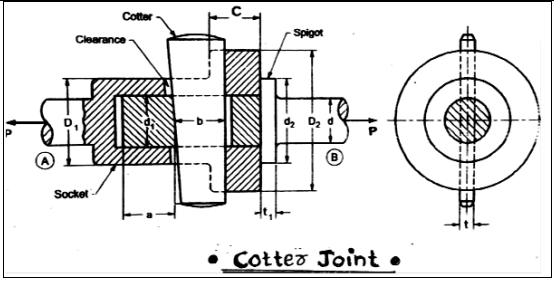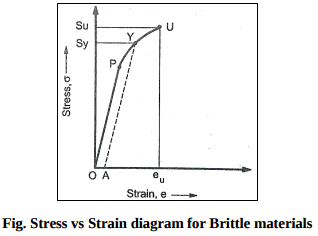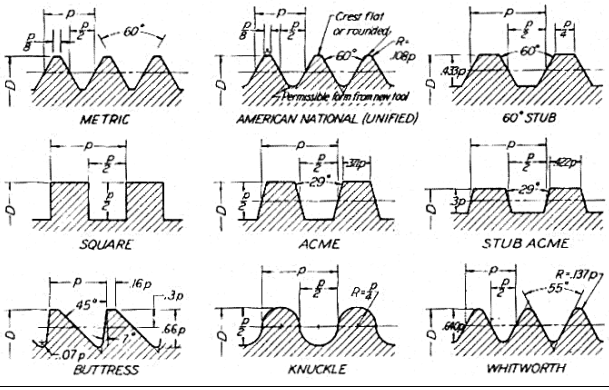(ii) How will select bearing from manufacturer catalogue?
The following steps must be adopted in selecting the bearing from the manufacturer’s catalogue: 1. Calculate the radial and axial load reaction (Fa and Fr) acting on the bearing. 2. Decide the diameter of the shaft on which the bearing is to be mounted. 3. Select the proper size of bearing suitable for given application, specified with speed and available space. 4. Find the basic static rating Co of the selected bearing from the catalogue. 5. Calculate the ratio (Fa / VFr) and (Fa / Co). 6. Find the value of x and y i. e. radial and thrust factor from the catalogue.



